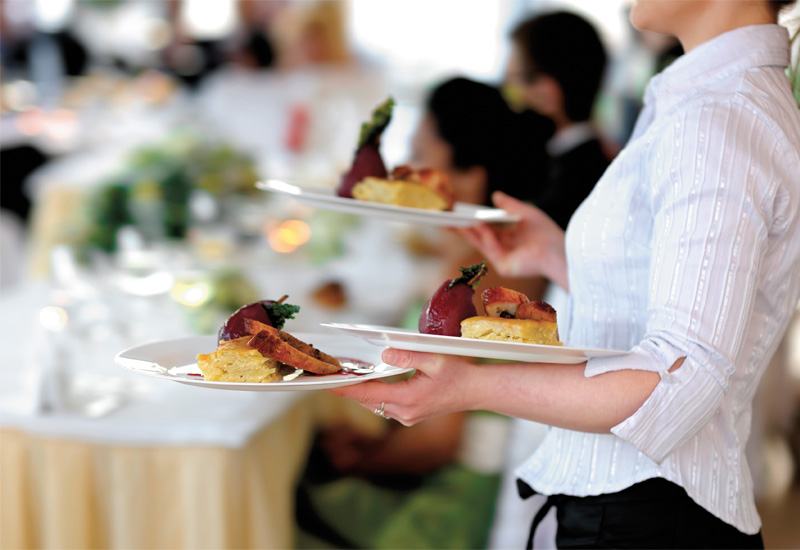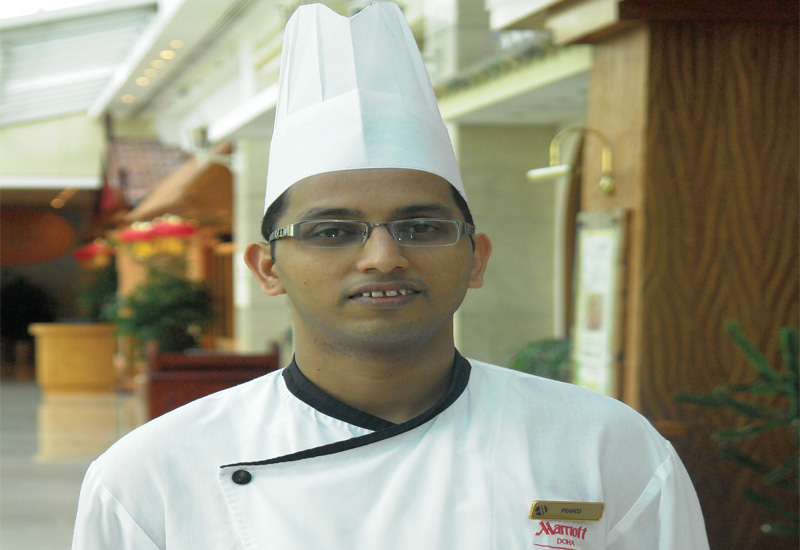Show us the money
Quality is said to come at a price though, and as always, monetary matters figure highly in the chef responses. Average spends per head this year seems to be going down, where 4.5% of chefs admitted that diners at their outlets spend an average of more than US $1000 per head, compared to 13.7% of chefs admitting the same in 2012.
Interestingly enough, this amount is lower than what was found to be the case during the first Head Chef Survey in 2010 where just 5.8% chefs said the average spend per person at their outlet surpassed $1000. In fact, consumers in general seem to be spending less, with 25.5% chefs revealing that reduced consumer spending is a concern this year.
However food cost percentages are roughly the same, with the number at 30%, just 1% up from last year.

| Advertisement |
These two trends may be a reflection of the rise of the casual dining concepts that have sprung up in the region in a big way over the last year, with even celeb chefs cashing in on them.
Rising food prices, however, is still a massive concern for our executive and head chefs. The cost of importing required ingredients and products, and rising food prices feature in the top three issues that affect outlet performance (31.9% and 38.3% respectively).
“Non-availability of ingredients; frequently suppliers are saying ‘out of stock’,” was one complaint lodged by a chef. Nearly 28% of respondents said some suppliers indulge in over-charging which presents a hurdle.
Rising global food prices are also impacting outlets’ operations and budgets. And from what the survey shows, chefs aren’t getting higher budgets to compensate for this.
Last year, 15.9% said they had a higher budget to spend on quality ingredients, as compared to just 12% this year. One chef revealed: “Unfortunately there is not much we can do as we can't allow ourselves to out price us out of the market. We have to stay competitive even though this means a higher F&B cost overall.”
Others cited the solution of maximising use of locally produced goods to deal with the challenge, although one admitted that “it is difficult to evolve menus and keep guests interested when you have boundaries due to the price of foods”.
“Proper cost and wastage control” was listed many times as a solution, and only one chef admitted that his/her outlet dealt with this issue by passing on the cost to the consumer by increasing menu prices.
Industry Concerns
In addition to labour shortages and problems with rising food prices and cost of ingredients, chefs have to deal with other issues as well.
Keeping the outlet relevant and at the forefront of customers’ minds is something chefs are continually thinking about. One said: “The competition is getting bigger and bigger almost every month. It is going to be hard to stay recognised and draw more guests into our restaurant.”
Renovations and refurbishments featured heavily with respondents proving it is important to consider reinventing to stay relevant. And not just how a place looks — its food is equally subject to change and certainly must be. Menu development is another issue to be dealt with, with a chef saying that “the cost of ingredients and produce restricts menu development”.
A few chefs referred to the supply chain in the region as needing improvement, and said the region needs “more suppliers for fresh produce and a fairer salary structure”.
Long working hours was something many chefs said they disliked most about their job; quite a few pointed out they did not spend enough times with their families.
Another thread of discontent was monetary — they said budgets need to be revised for them to do their jobs properly. A smidgen of responses alluded to management and higher-ups being ignorant about what actually happens in kitchens leading to some wasting time trying to convince administrative members of the company about what was really needed.
When asked what additional support was needed for them to be able to do their job better, answers ranged from “flexible hours” to “more skilled labour” to “finding the right ingredients”.
It’s not all gloom and doom though — 76% agreed and strongly agreed that the F&B industry in the region is in great shape, with 64% said they are seeing more customers as compared to 43.3% last year.
The hospitality and tourism industry is positively contributing to the F&B sector as well, said the chefs, with the concepts of theme nights and promotions gaining traction towards attracting customers on a regular basis.
Article continues on next page ...










 Search our database of more than 2,700 industry companies
Search our database of more than 2,700 industry companies









